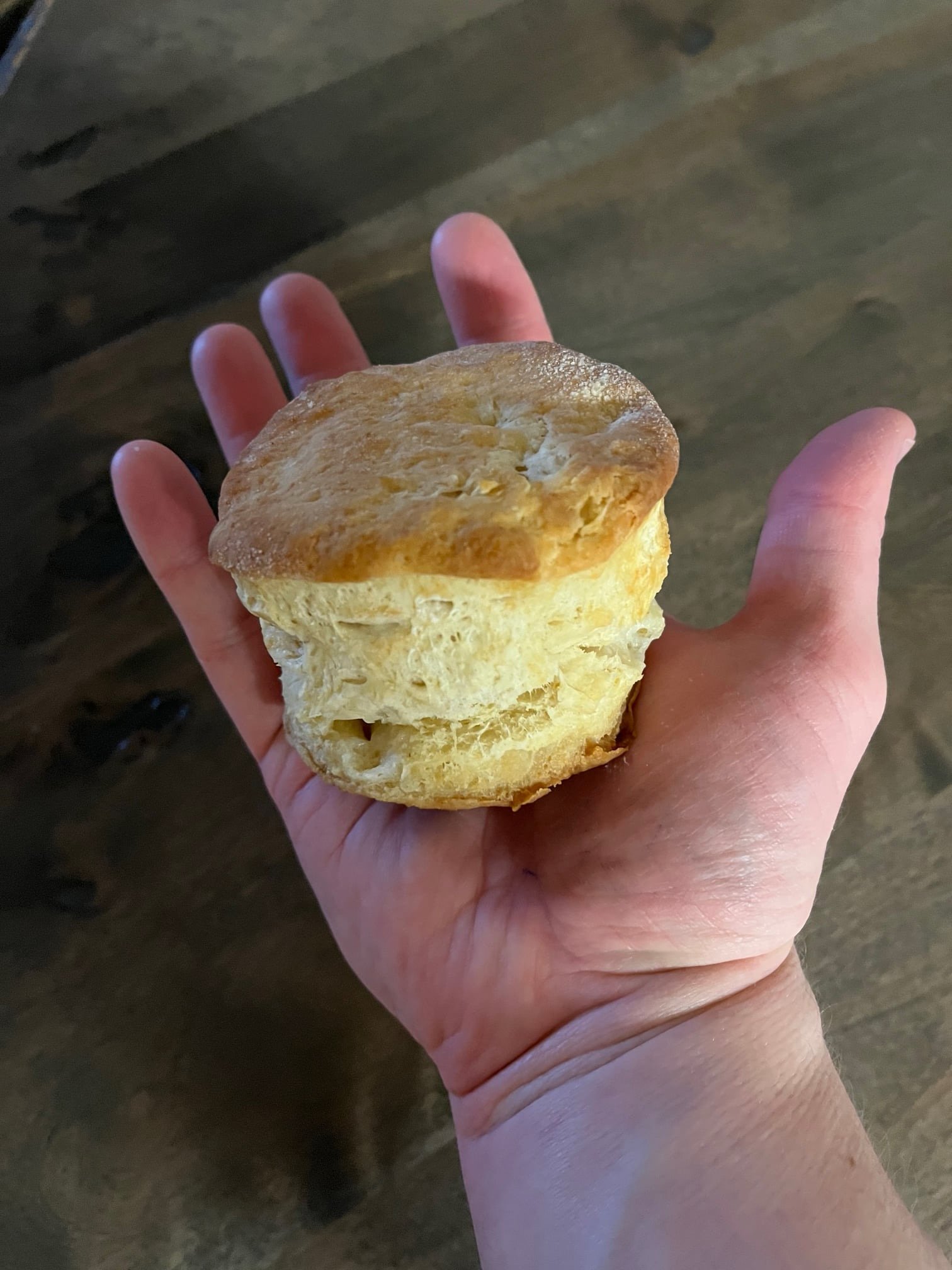A Cast-Iron Heritage
The multi-generational use of cast iron and a legacy of the world’s greatest cookery.
(This piece was created on spec for Lodge Cast Iron.)
Generational Cookware
There are cast iron pans in my home that date to at least my great-grandparents. Passed down generation to generation, they have stood the test of time. Copper oxidizes and warps from heat, stainless loses temper; we won’t talk about what engineered materials do over time. Cast iron rusts, you may say. It does. Nothing a scouring and another seasoning session in the oven won’t fix.
The love of cast iron cookery extends far beyond the reaches of Classic Americana. It is a resource in every kitchen I’ve ever set foot in. From industrial kitchens to making biscuits with Grandpa. From traditional ethnic cuisine to the knife’s edge of the experimental culinarian, it is beloved.
That is fine, you might say, but what do I think?
Granddad’s Pan
My first cooking lessons were from my grandfather. I would awake early in the morning, long before the sun rose. He would be noisily banging pots and singing. He sang hymns mostly. A member of the church choir for much longer than I’d been around. He was raised in rural Lyon, Mississippi, just north of Clarksdale. He and his brothers grew up picking cotton, hunting, and living off the vegetables they grew in their own backyard plots. From the Great Depression to his service in World War Two, my grandfather had developed an intuitive and improvisational form of cooking that sometimes involved exact measures, but most of the time, you just had to follow along and wing it. He wasn’t slowing down for anyone. A pinch of this, a dollop of that, a handful of the other.
The ten-inch cast iron pan. That was a constant. It made its appearance every meal. Many times, more than once. My introduction involved biscuits and bacon. It is my earliest kitchen memory. Bacon cooked in the stove, then dropped onto a plate with a fork, the grease poured into a can, then that pan, removed from the heat, was stuffed edge to edge with butter biscuits and a dollop of grease slathered from the can on the top of each one. Into the oven.
At dinner, Granny took over. That same pan, act two. Corn bread or casserole, veggies, or stovetop chicken. Sometimes it even got turned upside down and used as a makeshift lid for the errant soup pot, spitting too wildly, my grandmother distracted by some antics we kids were involved in.
Kitchen Laboratory
I grew, and so did my skill. My father loved to grill over charcoal, and I quickly deduced cast iron goes right on the grill. Other more modern cookware? Well, no. Cleaning was also a breeze: salt, water, and a chainmail scrubber. Wipe it down, grease it up, put it away. Have I ever ruined a cast iron pan? No. Never.
As an adult, I have grown into an intuitive culinarian. I have my grandfather to thank, and in many ways, the forgiving and adaptive nature of hot iron. I will grant that there are times when you need something other than a cast iron vessel, but they are the exception. With the new coated cast iron, I struggle to think of a sauce, dessert, or any other fickle thing to which that could any longer apply.
Here I have a challenge for myself, and for Lodge Cast Iron. I would love to learn how to make the French five in a cast iron enamel saucepan. I want to do it at a test kitchen in South Pittsburg! Let’s call it something high on my bucket list. Let’s say it’s my version of a midlife crisis. It’s something I desperately want to do.
Kitchen Creation
One dish I made with the help of a cast iron pie pan, ten-inch pan, and baking griddle was a Guinness pie. It was the most delicious savory pie I’ve ever cooked. Beef from a local farm, cut into stew meat, onions, carrots, garlic, and a touch of this and dash of that, stewed in Guinness beer and thickened with just the slightest amount of flour. It was laid in a butter crust with a woven bacon vent placed over the top before the final bake. Oh, that pie was marvelous. The texture was perfect. I’m no scientist, but I would tell you that the iron let the crust breath. It let the onions and garlic fade into the gravy like sauce of the Guinness. The heat was evenly distributed throughout the pan.
Cast iron isn’t just for cooking. It is also great for serving. Especially individual dishes you want to keep warm. Just be careful of your furniture and keep an insulating layer underneath at all times!
In conclusion, cast iron cookery stands the test of time. The basic design is as relevant in the most cutting-edge test kitchens of today as it was a century ago. It is a natural material with excellent heat distribution. Cast iron requires no chemical solvents to clean. They can transfer from electric stove top to campfire and back without issue. Even if your screw-up and get them rusty, a little TLC and they’ll be back to working order in no time.
Personally, I have an extensive and ever-expanding collection of Lodge Cast Iron. I would recommend them to anyone, regardless of your experience or culinary background. Once you own them, they will quickly become your go-to kit for any culinary adventure. If you haven’t already, pick some up today. They are an investment you will enjoy for decades to come.








